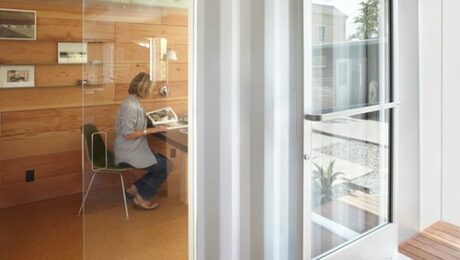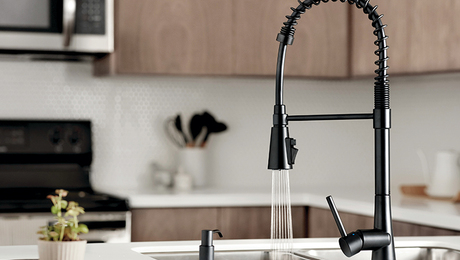Vapor retarder for shop wall
I’m a retired design build contractor building a shop for future projects. I expect it to have a second life as an ADU when I get too old so I’m trying to make it reasonably easy to convert. The project is in Ashland, Oregon. It’s technically in zone 4c but it doesn’t feel very marine. 50+ miles from the coast with hot, dry summers and relatively mild winters.
my current conundrum is with the wall insulation and vapor retarder. I was going to cover the inside of the walls with plywood for the first 8’ and leave the framing and insulation exposed for the upper 2’ to 6’. All of the insulation subs I’ve talked to say I should use WMP-VR flame resistant vapor barrier, at least where the insulation is exposed. That sounds good for fire safety but it eliminates any drying to the inside. I haven’t found variable permeance vapor retarder that says fire retardant in the literature.
my wall design, from the outside:
Wood and metal siding on rain screen strapping, vented top and bottom.
Zip sheathing, well taped, with roof overhangs added after taping.
2×8 framing on 24” centers with r25 unfaced fiberglass.
The mystery perfect vapor retarder to be determined.
1/2” plywood for the bottom 8’ of the wall.
I don’t know if drying to the outside through zip sheathing will be enough, or what product to use to cover the insulation on the exposed walls.
I’ve learned a great deal from this site over the years, but moisture/vapor management remains difficult. Any advice would be appreciated.
Thanks for your help and thanks for creating this great knowledge base,
Andy
GBA Detail Library
A collection of one thousand construction details organized by climate and house part









Replies
Andy,
Codes aside, I don't see how the insulated framing is any more vulnerable to fire than the plywood, or it would be if the stud bays were just left empty, as they are in many shops and outbuildings. I'd be tempted to use a variable-perm membrane as a combined vapour-retarder, and secondary air-barrier.
Thanks, Malcolm
That’s a good point. We’ve all gotten worried with the wildfires of the last few years. I suppose it could be an issue if the membrane itself were highly flammable. Do you like the performance of one of the membranes better than the others?